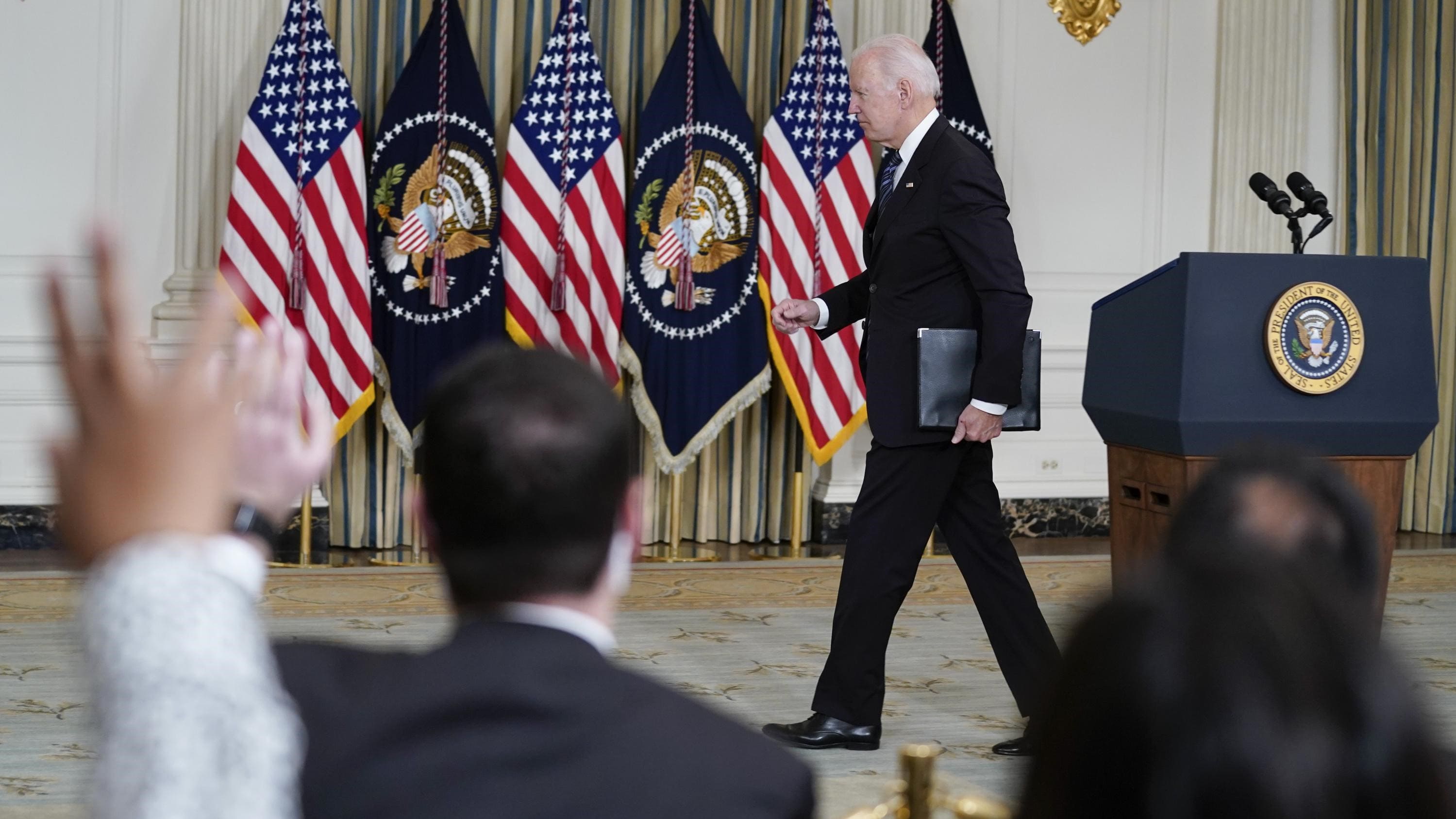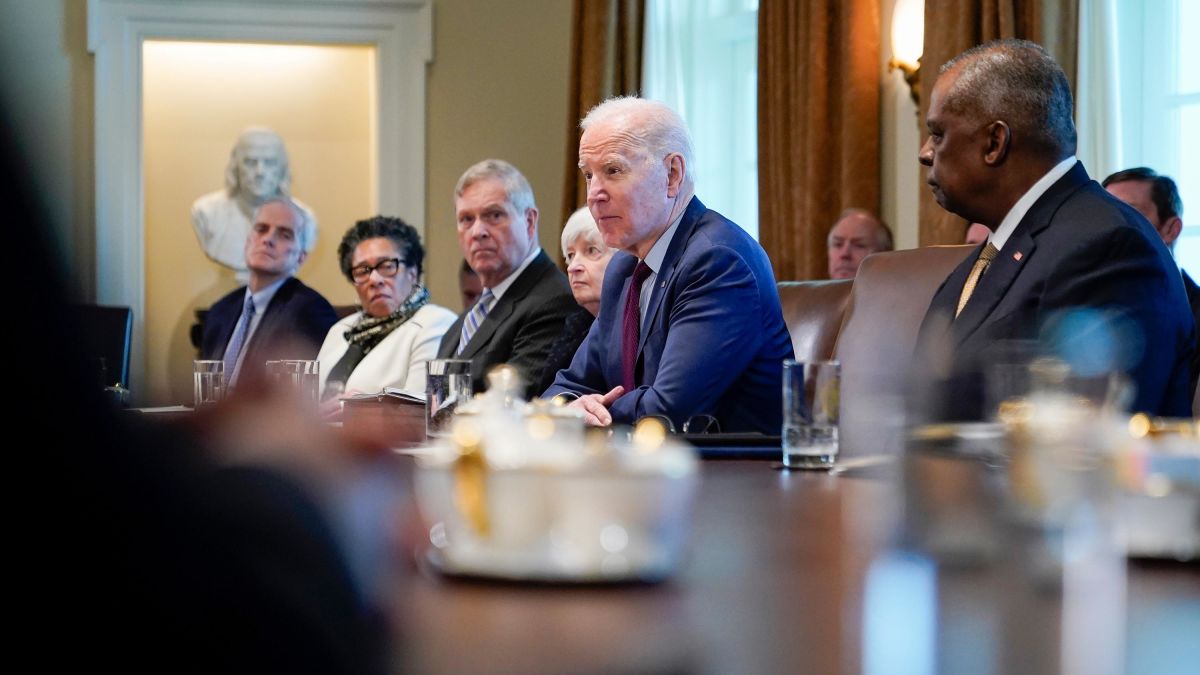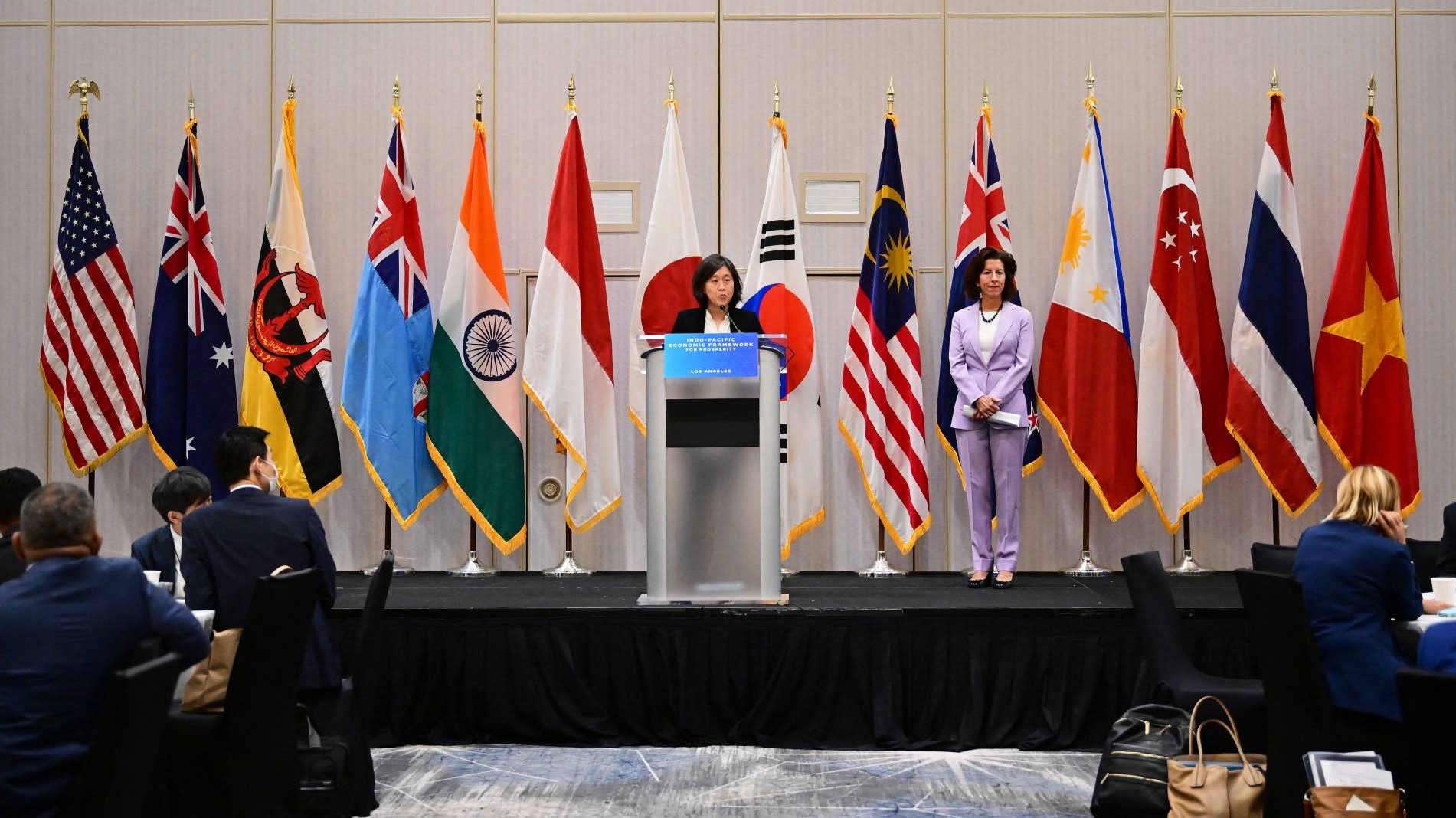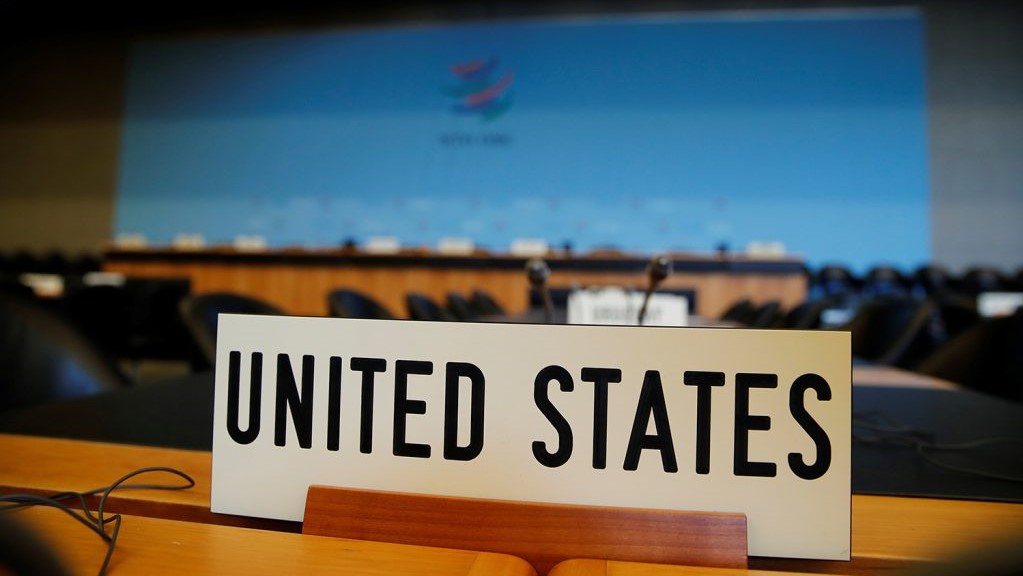Bipartisan consensus over China
In the midst of an increasingly politicized climate in Washington, D.C., there is one issue that appears to unify policymakers more than any other – China. In particular, the Biden administration and lawmakers across the American political spectrum are focusing on how to develop and implement a strategy to counter the economic aggression and national security ambitions of the Chinese Communist Party (CCP).
Key Biden advisers including Jake Sullivan and Gina Raimondo have increasingly emphasized China on numerous occasions, primarily highlighting the need to increase US subsidies for critical technologies and take defensive actions to protect American leadership in tech innovation. This includes increased spending on semiconductors and other advanced technologies, groundbreaking export control measures, and continued work on a novel outbound investment screening mechanism, among other priorities.
To the contrary, breaking down trade barriers to trade is a critical part of the formula for success. This in turn helps fuel our economic growth and link our supply chains with allies instead of China. And nowhere is this more important than the Indo-Pacific region, which is the fastest growing in the world.
Is CPTPP key to regaining US leadership in APAC?
Enter the Trans-Pacific Partnership (TPP). The strategic wisdom of the deal hasn’t changed. When the Obama administration first conceived of this agreement more than ten years ago, its objectives were quite similar to what is needed today. The Obama administration believed that TPP offers a way to break down barriers to US exports in the region, promote US standards over Chinese alternatives, and ensure that the United States can counter China’s economic influence in Beijing’s backyard. However, the TPP ran into strong domestic opposition, and the United States withdrew from the agreement in 2017.
To its credit, the Biden administration has at least recognized that there is a problem and has initiated negotiations on the Indo-Pacific Economic Partnership (IPEF). Unfortunately, IPEF suffers from a major deficiency in that it does not include the kinds of tariff cuts that are included in both the CPTPP and RCEP. In other words, the IPEF will do little to counter the incentive provided by the CPTPP and RCEP for countries and companies to link their supply chains with each other, and with China, instead of the United States. At the same time, without such market access provisions, the United States is also deprived of a key source of leverage to persuade participants to adopt higher labor and environmental standards.
To put things back into the context of the current debate on China, if US policymakers are serious about wanting companies to relocate critical supply chains from China, then a true trade agreement with real incentives to do so must be a part of the agenda. Similarly, if the US wants to retain innovation leadership while adopting numerous measures to limit the amount of business its companies can do in China, it must open up alternative markets for our companies to make up the lost revenue that is so critical for further research and development. All these imperatives point in the direction of a return to TPP.
I strongly believe that the answer is yes. Along with my Democratic co-lead Wendy Cutler, I have worked closely with a bipartisan group of trade experts and engaged with numerous stakeholders across the political spectrum to determine how to modify CPTPP to ensure it meets US economic objectives and to build a domestic political consensus in support of re-entry. We have also spent hours with current CPTPP members to ensure our ideas were not non-starters.
US re-entry into the CPTPP
In light of these extensive consultations, we developed a bipartisan paper outlining our recommendations for CPTPP improvements in a series of areas. The recommendations we provide are not intended to be US negotiating demands, but to help facilitate a long overdue conversation in the United States about whether re-entry is possible. More specifically, we recommend:
Overall, the feedback we have received has been extremely positive. We have heard from numerous Members of Congress who are interested in trying to make an Indo-Pacific trade agreement part of their 2023 agenda as well as from many current CPTPP participants who desperately hope that the United States will seriously consider such an initiative. Further, major news outlets like the Washington Post have also weighed in, agreeing that “America needs a better China trade strategy” and arguing that our paper provides a roadmap for leaders interested in repairing the current strategic deficiency in US trade policy.
Today, the renegotiated version of the agreement is heralded as a model for the future of trade policy crafted on a bipartisan basis. Just as Democrats and Republicans came together to support the USMCA, we can again come together to do the same with a revised CPTPP. This is a key missing ingredient in the current China strategy, and necessary to retain US economic, national security, and geopolitical leadership.
© The Hinrich Foundation. See our website Terms and conditions for our copyright and reprint policy. All statements of fact and the views, conclusions and recommendations expressed in this publication are the sole responsibility of the author(s).





